Nanking cherry (Prunus tomentosa), also known as Manchu cheery is a deciduous shrub known for its red colored fleshy cherries. Native to Central Asia, this plant is also popular in North America due to its delicious fruits and ornamental value.
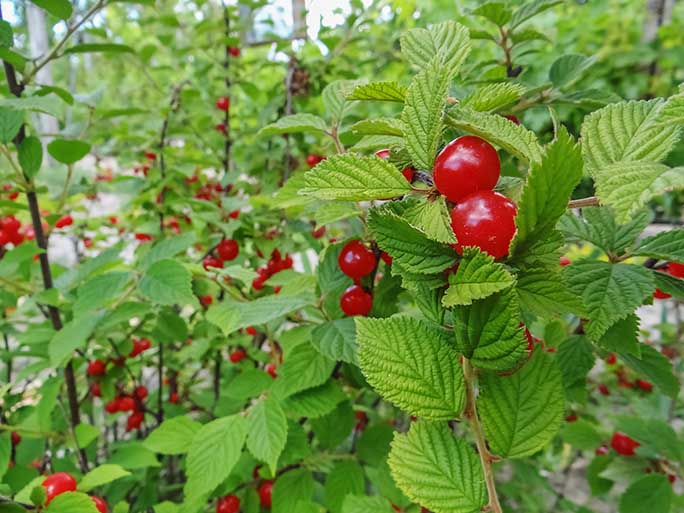
Overview
This bushy shrub grows up to a height of 4 meters and produces fruits after 3 years when grown from seed. Fruits are sweet, fleshy and contain a large seed. They are edible only when ripe.
The plant looks beautiful with its dark green colored leaves and red colored fruits. It also creates a great view while flowering due to its pink to whitish flowers that cover the whole plant. Nanking cherry grows in a wide variety of soils and is drought and cold resistant.
Although this plant grows in shade, it does its best in partial shade or Sun. Pruning can be done in late winter to stimulate growth. Cross-pollination is required for Nanking cherries to bear fruits.
Uses
Nanking cherry plants are mainly cultivated for its fruits which are being used in the preparation of juice, jams, and jellies. They are used as an ornamental plant in gardens and also as a hedge and windbreakers.
Nutrition
Nanking cherries are packed with nutrients. They are a great source of several vitamins, minerals, amino acids, and trace elements. Studies conducted on wild prunus tomentosa fruits had revealed that they are rich in vitamin C (Ascorbic acid) and minerals like Calcium, Magnesium, and Phosphorus (1).

Nanking cherries
Health Benefits of Nanking Cherry
Anti-oxidant and Inhibitory Activity
Nanking cherry seeds contain flavonoids that are known to exhibit antioxidant activity.
Research had also revealed that flavonoids present in the seed extract of Nanking cherry were able to exhibit Antioxidant and Inhibitory activity on Nitric oxide and prostaglandin E2 production.
The DPPH radical scavenging assay had also shown that the antioxidant activity of some of the flavonoids was also higher than the positive control, Ascorbic acid (2).
It may promote Hair Growth
A preliminary study had found that Nanking cherry has protective action on skin tissues and its subsidiary organs. It has also exhibited a strong role in promoting hair growth.
When Prunus tomentosa thumb total flavone (PTTTF) was continuously used on external local parts of phalacrosis mouse models. it was revealed that PTTTF had significantly promoted the hair growth cycle and follicle maturation (3).
Anticancer Activity
Research shows that phenylpropanoid sucrose esters, isolated from leaves of Nanking cherry have exhibited cytotoxic activity against four human cancer cell lines tested.
The cytotoxic activity of these isolates was stronger when compared with the positive control 5-fluorouracil used. The results also indicate these isolates might be a promising source for anti-cancer drug candidates (4).
Works against frostbites
Research conducted to know the effect of Prunus tomentosa thumb total flavone on frostbite had proven that, PTTTF has significant anti frostbite effect.
The study also said that the total flavone can inhibit the MMP9 expression in frostbite tissues and IL-1β in peripheral blood mononuclear cells to relieve the inflammation caused by frostbite (5).

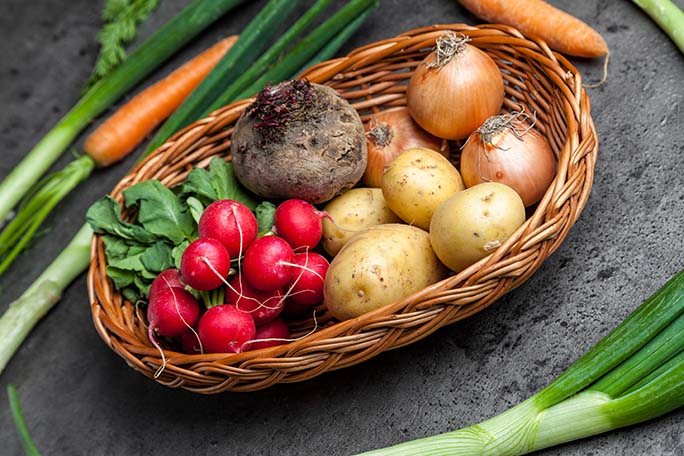

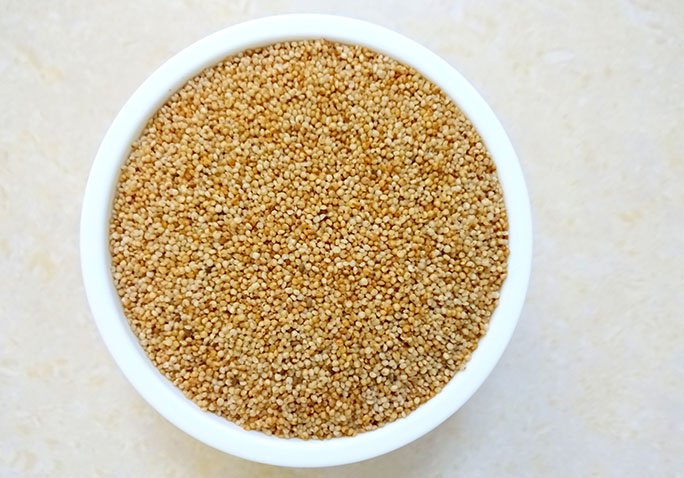
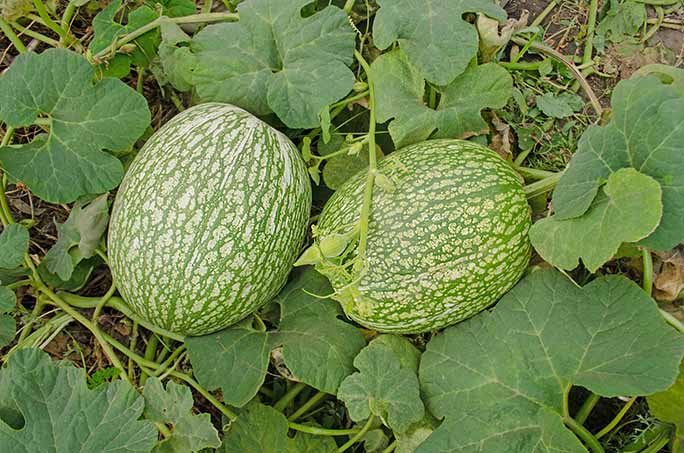
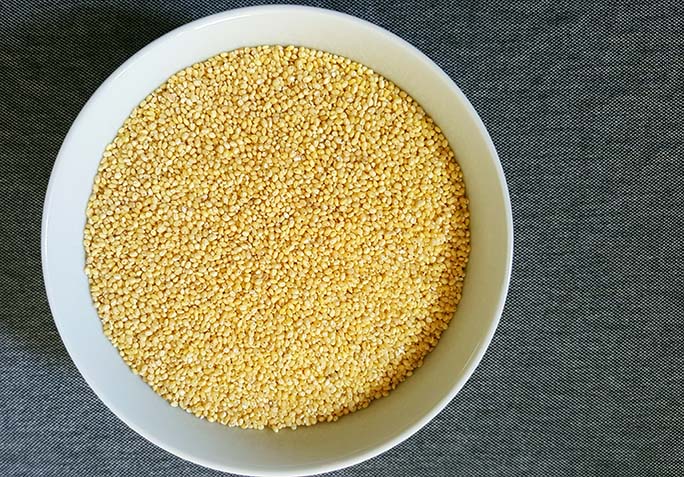
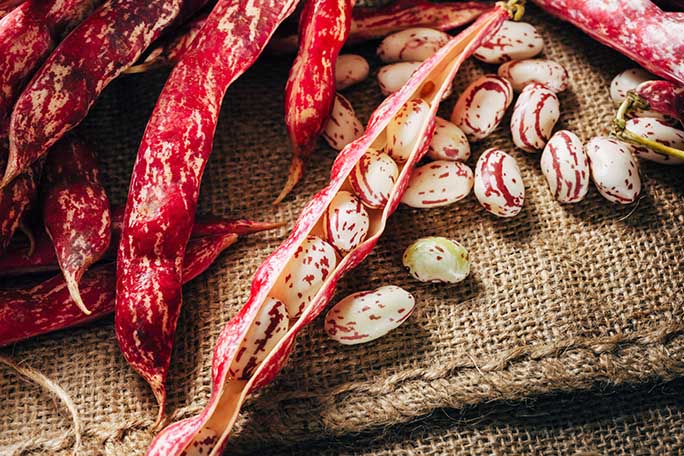
Comments